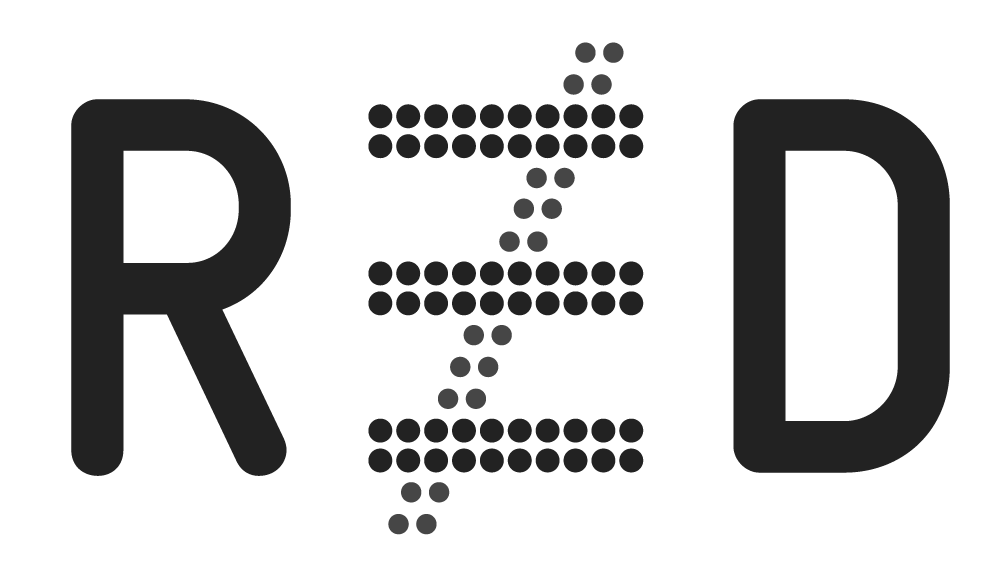1 – Most school systems in the world have organized emergency assemblages to deal with the Covid-19 crisis. What role have digital platforms played in these arrangements?During the COVID-19 crisis that still persists with a no school attendance policy in Argentina, the main approach has been to achieve pedagogical continuity throughout different strategies that combine digital platforms and analogic resources. Digital platforms have a major role, even when the usage possibilities are limited by access to technologies and / or to quality connectivity.Very few schools have an online campus of their own. Google Classroom has expanded widely but the most used software is Whatsapp. The uses of Whatsapp include audio, video, photos and texting; and the practice of sending photos of activities done in an analogous format (notebook) is frequent.
The mobile phone is the most available and used device for remote schooling, and only 47% of students have a computer for school use. In many cases, the students have only access to a shared pre paid phone. Only few schools can organize synchronic meetings, mostly from the private sector; and they frequently use Zoom for that purpose.
The national plan Seguimos Educando (we keep teaching) includes a 3 hour per day special programming in public media —tv and radio—that follows the curriculum of primary and secondary school and there are also printed booklets delivered nationwide. Recently the Ministry launched the Juana Manso Federal Plan, a virtual platform for schools including virtual classrooms, open educational resources and tools to create online lessons.
2 – Has the Covid-19 crisis changed the data policies in education in your country?
The COVID-19 crisis is showing some impacts in the data policies in education in Argentina. The first policy adopted when the attendance to school was suspended on March 19 was not to charge data consumption for the .edu sites, including schools, universities and educational portals. This entailed an agreement with ISP and mobile phone service providers. Later in August, the National Ministry of Education launched the Juana Manso Federal Plan, which contemplates digital resources and virtual classrooms, that will later include a new proposal for data management at schools, which seems to be a first attempt to tackle the data issue in the educational system as a whole. Also in late August, a presidential Decree declared for the first time that internet, mobile phones and cable TV are considered public services, and freezed the tariffs until the end of 2020.
Different provinces or local governments are extending their virtual education proposals, designing online campus or providing digital resources throughout a .edu platform.

3 – How have remote emergency education provisions (e.g. emergency technological infrastructures, hardware, software, home visits, other new practices) affected teachers and students from marginalized populations in your country? Which technological infrastructure do they have access to?
The technological infrastructure students and teachers have access to is widely conditioned by income and the practices that have been documented are very much influenced by the inequalities in the social structure. The main device for pedagogical continuity is the mobile phone, in most cases, a shared pre paid phone. Two national surveys, one done by the National Ministry and the other by UNICEF show great disparities between access and pedagogical possibilities according to income: students from poor families are not able to connect every day or to participate in synchronic meetings.
Less of 50% of households in Argentina have quality access to an internet connection, 3 in 10 have no access at all; 27% can only connect through the mobile phone (using 3G or 4G) and 3% have no connection at all. 53% of households don´t have a computer dedicated to educational use. Access and connectivity in households where students attend private schools duplicates those of students that attend public schools.
Even though there have been a special credit line for teachers to buy notebooks, there is no public policy dealing with hardware and software equipment and many teachers are still using the netbooks delivered by the Plan Conectar Igualdad, 10 years ago.
4 – Would you speak of a “pandemics pedagogy” (Williamson et al, 2020) in your country? If there is one, which features does it have?
Pandemic pedagogies in Argentina are highly conditioned by previous inequalities that are getting worst in this period. While some schools can manage to implement remote schooling throughout different strategies and resources, combining the use of different software and expecting children to keep up with a designed plan (children that frequently have familiar support), other schools are struggling to make the school present in populations which have very limited access to technologies and connectivity. The National Ministry of Education designed and implemented different policies for reaching those who are being unconnected or disconnected from the educational system with printed and public media resources, and also designing future plans to reconnect schools and students, in a similar fashion as the Plan Conectar Igualdad did from 2010 to 2015 (the Plan distributed a laptop per student in secondary schools and implemented a large teacher´s training programme) but with much less resources. This plans intend to centralize a general policy for ICT in education, regarding hardware and software distribution as well as teacher’s training and digital resources and an expectation to foster teacher’s autonomy in the design of digital learning.
Photos by Sharon McCutcheon (top) and Rodion Kutsaev on Unsplash
